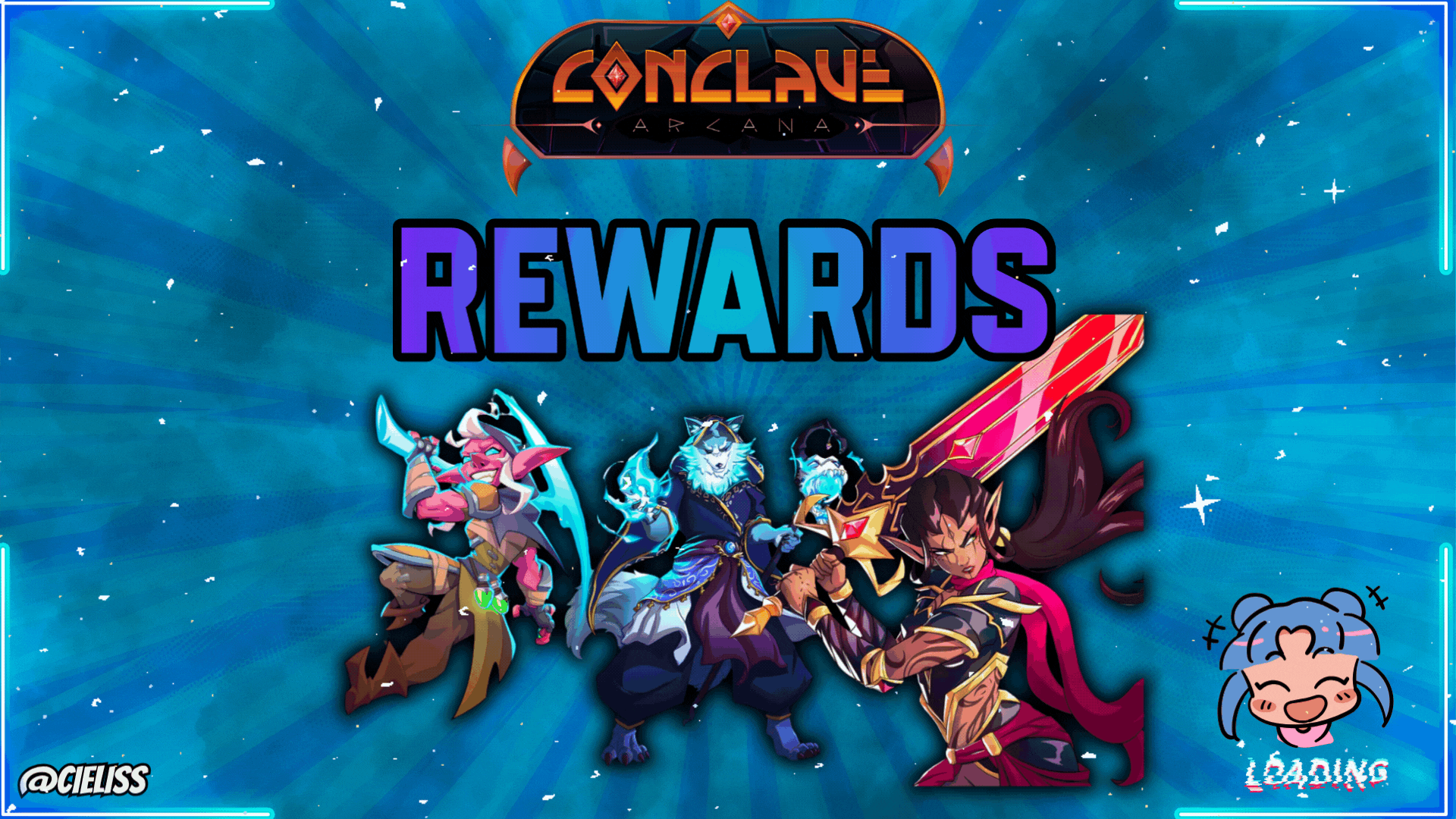
Image created in Canva
The Splinterlands reward system has constantly evolved to balance the supply of new assets with the health of the game's economy. The introduction of "soulbound" cards marked a fundamental change, ensuring that direct rewards remained in the player's account for use in battle before they could be traded. In my opinion, this is not entirely positive. Although it does work to reduce the high issuance of reward cards, you stop offering rewards in the game, which could be counterproductive for those seeking rewards.
With the launch of the Arcane Conclave reward set, this unbinding process has been completely revamped, moving from a simple currency payment with DEC to a system based on a new strategic component: Unbinding Scrolls.

System Comparison: The New vs. The Old
The concept of unlinking Soulbound cards to convert them into Unbound (tradable) cards remains the same, but the requirements and economic complexity have changed radically, not for the worse, but for the better, as there are many opportunities. That is why, on this occasion, I want to compare the current system, which will be the old system, with the new system with the arrival of scrolls.
| Feature | Previous Model (Chaos Legion/Rebellion Rewards) | New Model (Conclave Arcana Rewards) |
|---|---|---|
| Principal Cost | DEC (Dark Energy Crystals) | Unbinding Scrolls (Unbinding Scrolls) |
| Purchase Currency | DEC Credits | DEC, Credits, GLINT (indirectly) |
| Cost Formula | Collection Power Multiplier (ej.: 10x o 20x of power per copy in DEC). | 1 Parchment per copy + Cost in DEC the 5x the power of attorney for the immediate purchase of the parchment. |
| Availability | Unbound Status (button de "Release Soulbound Cards") | Unbound Status (requires the scroll of the corresponding rarity) |
| Expiration | The separation was limited in time. (ej. 180 days) for Chaos Legion. | The scrolls expire and burn 30 days after the set is printed.. |
🔍 The Old System (Pure DEC)
In previous sets (Chaos Legion and the current Rebellion), the process was straightforward: players paid a large amount of DEC (or the equivalent in Credits) for each copy of a Soulbound card they wanted to unlock. This amount was based on a multiplier factor of the card's Collection Power (CP), initially set at 10x and increasing over time. The goal was purely deflationary, as most of that DEC was burned, and this also prevented a large number of cards from being overprinted, which generally helped preserve value. However, it is a scheme that only includes whales or users with a lot of liquidity, excluding those with low capital.
📜 The New System (Scrolls)
Now, with this new system and the arrival of "Scrolls" with the new Arcane Conclave set, each "Scroll" becomes an intermediate asset that must be acquired, radically shifting the focus from simply burning DEC to participation and progression in the game. This creates a balanced disengagement system, where all players, regardless of their status, can unlock their cards and improve their card decks with effort and dedication.
| Method of Acquisition | Detalis |
|---|---|
| Direct Purchase (DEC/Credits) | They can be purchased with DEC at a cost of 5x the Collection Power of the card. If you are missing scrolls, the game will offer a quick option to purchase them instantly with DEC or Credits. |
| Reward Chests | Scrolls are a new reward that can drop in Loot Chests (Loot Chests). |
| Crafting (Land) | They can be manufactured using resources in the Land Artisan Quarter. |
| Market | They can be purchased or traded directly with other players in the Card Market. |

Which Cards Are Marketable?
It is crucial to understand that not all reward cards require scrolls, as the system gives us many more benefits. As we already know, there are several card sheets, and this is where the difference lies in what can and cannot be unlocked.
So, with that in mind, let's see what can be unlinked and what cannot:
Require Scrolls: Regular Foil (RF) cards are received as Soulbound and must go through the new unbinding process.
Instantly Marketable: Gold Foil cards and the new, ultra-rare Black Foil cards are inherently more valuable and are received as Unbound, meaning they can be sold or transferred immediately upon receipt.

Conclusion
The Conclave Arcana disengagement system and its new reward cards mark a step toward a more complex and strategic asset economy in Splinterlands, and I am very confident that it will be much more successful than the current system, which will become obsolete.
The old pure DEC system was simple and efficient in burning currency, but it was monolithic and not at all balanced, only available to certain users. In addition, the new system with Scrolls creates an additional layer:
Value Progression: By linking Scrolls to reward chests and GLINT currency, new value is given to daily gameplay and progression currency accumulation, allowing the economy and rewards to flow more smoothly.
Asset with Expiration Date: The expiration date of the Scrolls adds an element of urgency and interesting tokenomics, incentivizing players to unbind their cards or trade their scrolls before they burn out..
Multiple Sources: It integrates with the Land system by enabling manufacturing, diversifying sources of acquisition beyond classified play.
In summary, Conclave Arcana not only brings us new cards, but also an economic model that requires more planning to unlock the value of rewards, promoting deeper participation in the game's various systems.
With nothing further to add, until next time, "Splinterlords."


I invite everyone to join Splinterlands, the best game based on chains of blocks, full of adventures, battles, and strategies where you will have fun and get rewards according to your league



Join the official Spanish community here Discord
The only thing I don't really like about this new reward card system is that the guaranteed gold foil draws are going away. I much prefer to guarantee a gold foil then spend Glint on RF cards I don't really play at all.
Thanks for sharing! - @isaria
